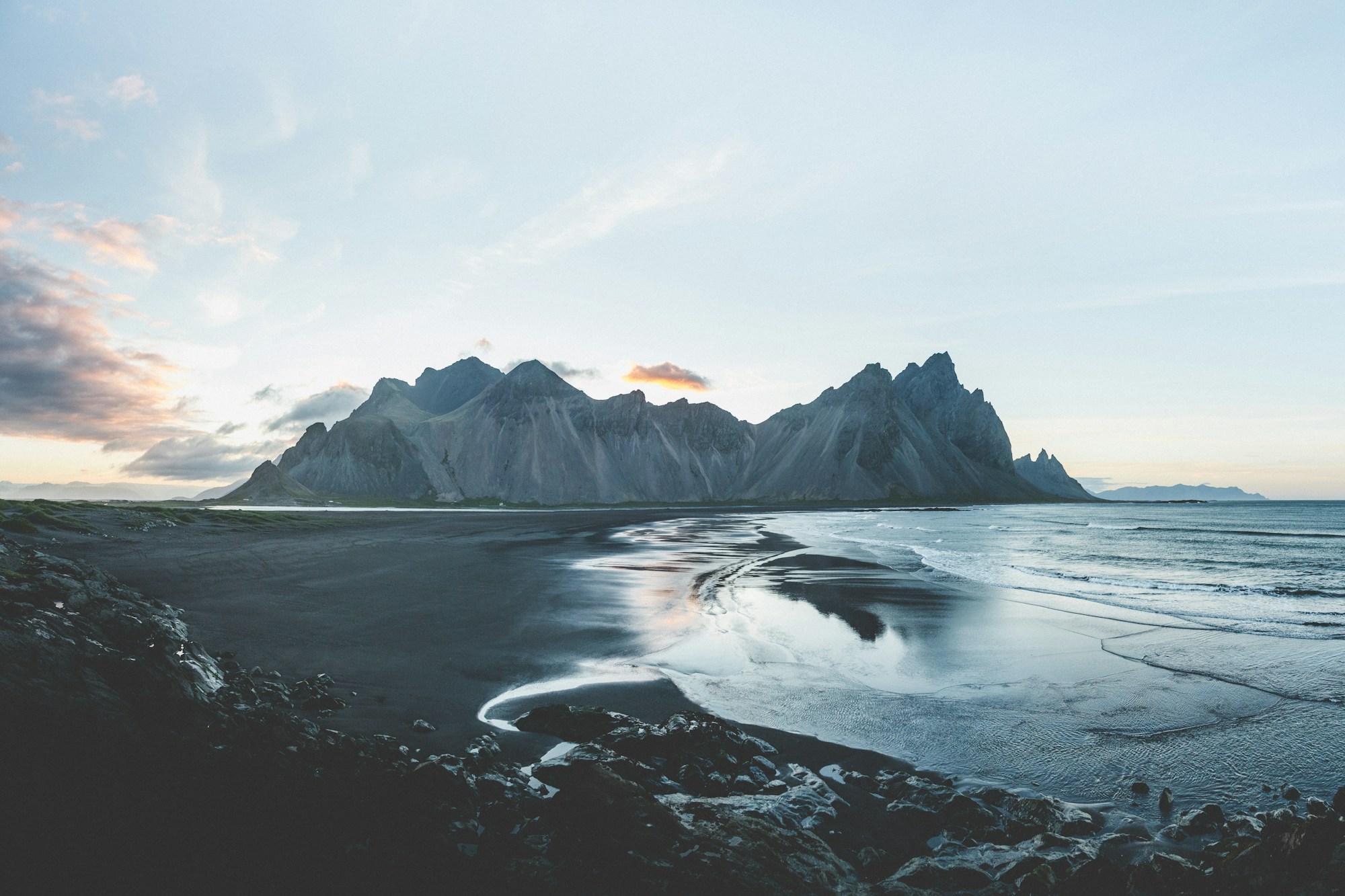Iceland Weather and Best Times to Visit: A Guide

Iceland Weather and Best Times to Visit: A Guide
If you're planning a trip to Iceland, it's important to know about the country's unique climate and weather patterns. Being an island located in the North Atlantic Ocean, Iceland experiences a relatively cool and temperate maritime climate. The weather in Iceland can be quite unpredictable, with frequent changes throughout the day. Here's a guide to understanding the weather in Iceland and the best times to visit.
Icelandic Seasons
Iceland has four distinct seasons: winter, spring, summer, and autumn. Each season brings different weather conditions and offers a unique experience for travelers.
- Winter (December to February): Winter in Iceland is cold, with temperatures ranging from -1°C to 4°C (30°F to 39°F). The days are short, with only a few hours of daylight. This season is perfect for witnessing the mesmerizing Northern Lights.
- Spring (March to May): Spring in Iceland is characterized by mild temperatures, ranging from 2°C to 7°C (36°F to 45°F). The days gradually become longer, giving you more opportunities to explore the beautiful landscapes.
- Summer (June to August): Iceland experiences its warmest temperatures during the summer, ranging from 10°C to 15°C (50°F to 59°F). The days are long, with almost 24 hours of daylight, allowing you to make the most of your adventures. Summer is also the best time for hiking, camping, and enjoying outdoor activities.
- Autumn (September to November): Autumn in Iceland brings cooler temperatures, ranging from 3°C to 8°C (37°F to 46°F). The days start to shorten again, but the vibrant autumn colors make the landscapes even more picturesque.
Monthly Weather Breakdown
Here's a breakdown of the weather conditions you can expect in Iceland each month:
| Month | Season | Humidity | Temperature | Sun | Rain |
|---|---|---|---|---|---|
| January | Winter | 75% | -1°C to 3°C | 2-3 hours | 35mm |
| February | Winter | 73% | -1°C to 3°C | 3-4 hours | 28mm |
| March | Spring | 71% | 0°C to 4°C | 5-6 hours | 25mm |
| April | Spring | 71% | 2°C to 6°C | 6-7 hours | 23mm |
| May | Spring | 74% | 5°C to 10°C | 7-8 hours | 20mm |
| June | Summer | 77% | 8°C to 13°C | 12-21 hours | 17mm |
| July | Summer | 79% | 10°C to 14°C | 19-23 hours | 18mm |
| August | Summer | 79% | 10°C to 14°C | 16-21 hours | 20mm |
| September | Autumn | 78% | 7°C to 11°C | 13-16 hours | 23mm |
| October | Autumn | 77% | 4°C to 7°C | 8-12 hours | 28mm |
| November | Autumn | 76% | 1°C to 4°C | 3-4 hours | 33mm |
| December | Winter | 76% | -1°C to 3°C | 1-2 hours | 38mm |
Best Time to Visit
The best time to visit Iceland depends on your preferences and what activities you plan to engage in. Here are some recommendations based on the different seasons:
- Summer (June to August): This is the peak tourist season in Iceland, as it offers the most pleasant weather, long daylight hours, and the opportunity to explore the Highlands. It's the perfect time for hiking, camping, and enjoying various outdoor activities.
- Winter (December to February): If your primary goal is to witness the enchanting Northern Lights, visiting during winter is ideal. The long nights provide better chances to see this natural phenomenon.
- Shoulder Seasons (Spring and Autumn): Visiting in the transitional seasons of spring or autumn allows you to experience fewer crowds, lower prices, and witness the beautiful landscapes transform with either blooming flowers or colorful foliage.
Keep in mind that weather conditions can vary, and it's essential to check the forecast before your trip regardless of the season you choose.
Conclusion
Iceland's weather can be unpredictable, but understanding the country's unique climate patterns can help you plan your visit accordingly. Whether you wish to witness the Northern Lights, explore the stunning landscapes, or engage in outdoor activities, there's an ideal time for every traveler to experience the beauty of Iceland.
